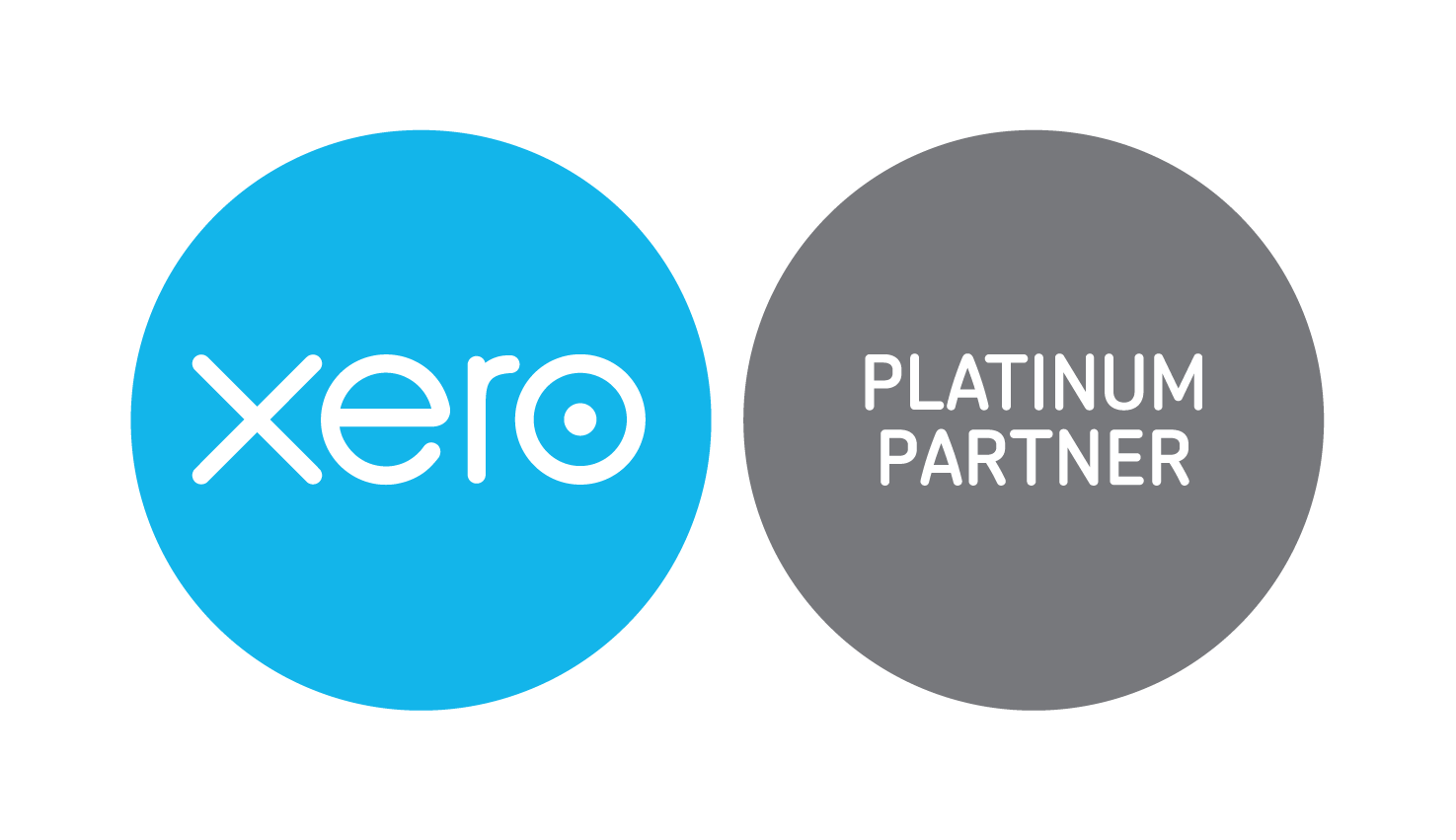Running a business involves juggling many tasks, but one of the most important is managing your costs. Controlling expenses can make the difference between thriving and struggling. Every dollar saved can be reinvested into growing your business or improving your services.
Understanding where your money goes is the first step. Break down your expenses into fixed and variable costs. Fixed costs, such as rent and salaries, stay the same every month. Variable costs, like utilities and raw materials, change with your business activity. Evaluating each of these costs can help identify areas where you might be overspending.
This article explores practical tips to manage your business expenses better. From cutting unnecessary costs to monitoring your expenses regularly, these strategies can help boost your bottom line. Whether you’re a small start-up or an established business, learning how to manage your costs effectively is crucial for long-term success.
Understanding Your Business Costs
Identifying Fixed and Variable Costs
To effectively manage your business costs, it’s crucial to understand the difference between fixed and variable costs. Fixed costs are those that remain constant regardless of your business activity. These include expenses such as rent, insurance, and employee salaries. Fixed costs are predictable, making them easier to budget for every month.
Variable costs, on the other hand, fluctuate with your business operations. These costs depend on how much you produce or sell. Examples include raw materials, utilities, and shipping fees. Variable costs can be more challenging to predict and manage, but they offer opportunities for savings if you analyse and adjust them carefully.
By differentiating between fixed and variable costs, you gain a clearer picture of your expenses. This understanding allows you to pinpoint areas where you can cut costs and improve efficiency. Regularly reviewing both types of costs can help you stay on top of your financial health and make more informed decisions.
Evaluating Necessity and Efficiency of Expenses
Once you’ve identified your fixed and variable costs, the next step is to evaluate their necessity and efficiency. Start by asking yourself which expenses are essential for your business operations and which ones could be reduced or eliminated.
For each expense, consider whether it directly contributes to your revenue or operations. If an expense doesn’t add value, it’s worth considering whether it can be trimmed down or cut altogether. For example, if you’re paying for subscriptions or services that you rarely use, cancelling them can save you money.
Efficiency is another critical factor. Look for areas where you can streamline operations without sacrificing quality. For example, switching to energy-efficient equipment can reduce utility costs. Renegotiating contracts with suppliers can lower prices. By continuously evaluating and refining your expenses, you can keep your costs under control and improve your business’s profitability.
Practical Ways to Reduce Costs
Cost-Cutting Techniques
Reducing business costs doesn’t always require drastic measures. Often, small changes can lead to significant savings. Here are some practical cost-cutting techniques:
- Eliminate Waste: Evaluate your processes to identify wasteful practices. Whether it’s excess inventory or inefficient workflows, cutting out waste can save money.
- Reduce Energy Consumption: Implementing energy-saving practices, like using LED lighting and smart thermostats, can lower your utility bills.
- Outsource Non-Core Activities: Consider outsourcing tasks that are not central to your business, like payroll or IT services. This can reduce labour costs and increase efficiency.
- Encourage Remote Work: Allowing employees to work from home can decrease the need for office space and utilities, reducing overhead costs.
Leveraging Technology for Savings
Technology can be a powerful ally in managing and reducing business costs. Here are some ways to leverage technology for savings:
- Use Cloud Services: Switching to cloud-based services can eliminate the need for expensive hardware and reduce maintenance costs. Cloud services also offer flexible pricing plans, so you pay only for what you use.
- Automate Tasks: Automating repetitive tasks, such as invoicing and payroll, can save time and reduce errors. Automation tools can streamline operations and improve productivity.
- Adopt Online Marketing: Digital marketing strategies, like social media and email marketing, can be more cost-effective than traditional advertising. Online marketing allows you to reach a wider audience with a smaller budget.
Negotiating with Suppliers
Negotiating with suppliers is another effective way to reduce costs. Start by conducting a market analysis to understand the prices and terms offered by different suppliers. This information can give you leverage during negotiations.
- Ask for Discounts: Don’t hesitate to ask for volume discounts or early payment discounts. Many suppliers are willing to offer better terms to retain valuable customers.
- Build Relationships: Establishing a good relationship with suppliers can lead to more favourable terms. Regularly communicate and collaborate with your suppliers to develop a mutually beneficial partnership.
- Review Contracts Regularly: Periodically review your contracts to ensure you’re getting the best possible terms. Renegotiate as needed to take advantage of better pricing or services.
By implementing these practical strategies, you can effectively reduce your business costs and improve your financial health.
Monitoring and Controlling Costs
Setting Up a Budget
Creating a budget is a fundamental step towards controlling your business expenses. A well-structured budget helps you plan your spending and ensures you allocate your resources wisely. Begin by listing all your expected income and expenses. Group these expenses into categories such as salaries, rent, utilities, and supplies.
Once you have a clear picture of your income and expenses, set budget limits for each category. These limits should be realistic but should also encourage cost-saving where possible. Review your budget regularly to ensure you’re staying on track. Adjust it as needed based on your financial performance and any changes in your business.
Regular Expense Reviews
Regularly reviewing your expenses helps you stay on top of your financial situation. Compare your actual spending against your budget to identify discrepancies. This will help you spot areas where you’re overspending and where you might need to make adjustments.
During your expense reviews, look for patterns and trends. Are there specific months where costs spike? Are certain expenses consistently higher than expected? Understanding these trends allows you to make informed decisions and take proactive steps to control your costs.
Implementing Cost-Control Measures
Implementing cost-control measures is essential for maintaining financial health. These measures could include setting spending limits for different departments, using purchase orders to track expenses, and requiring managerial approval for significant expenditures.
Encourage your team to be mindful of expenses by promoting a culture of cost awareness. Share monthly financial reports with your staff to keep everyone informed about the company’s financial status. When people understand the importance of controlling costs, they’re more likely to act responsibly and find ways to save money.
Planning for Long-Term Cost Management
Investing in Cost-Saving Strategies
Investing in cost-saving strategies can lead to significant long-term benefits. Consider upgrading to more energy-efficient equipment or technologies, even if the initial cost is high. Over time, these investments will pay for themselves through reduced utility bills and maintenance costs.
Adopting better procurement practices can also result in savings. Purchase in bulk where possible, and always negotiate for better terms with suppliers. Investing in staff training to improve efficiency and productivity can also reduce costs in the long run.
Continuous Improvement and Efficiency Programs
Embrace continuous improvement and efficiency programs to maintain cost control. Implement lean management principles, which focus on reducing waste and improving processes. Regularly review your operations to identify inefficiencies and make necessary adjustments.
Encourage employees to suggest cost-saving ideas. Often, those on the front lines have valuable insights into where improvements can be made. Recognise and reward their contributions to foster a culture of continuous improvement.
Building a Cost-Conscious Culture
Building a cost-conscious culture starts with leadership setting the tone. Be transparent about your business’s financial goals and the importance of cost-saving measures. Encourage every employee to think like a business owner when it comes to spending.
Provide training on cost management and regularly communicate the impact of cost-saving initiatives. When employees understand how their actions contribute to the business’s success, they’re more likely to adopt a cost-conscious mindset.
Conclusion
Effectively managing business costs is crucial for maintaining financial health and ensuring long-term success. By understanding your expenses, implementing practical cost-cutting techniques, and regularly monitoring your budget, you can keep your costs under control. Planning for the long term with investments in cost-saving strategies and fostering a culture of continuous improvement and cost-consciousness further strengthen your business.
Managing your costs doesn’t have to be a daunting task. With the right strategies and a proactive approach, you can significantly reduce your expenses and improve your bottom line. Remember, every dollar saved is a dollar that can be reinvested into growing your business and enhancing its success.
If you need help managing your business costs or need any other accounting and business advisory services, reach out to Creditte Pty Ltd. Our Brisbane-based team is here to support you every step of the way.





